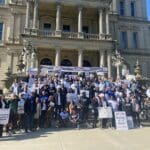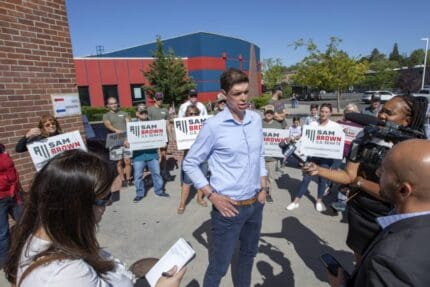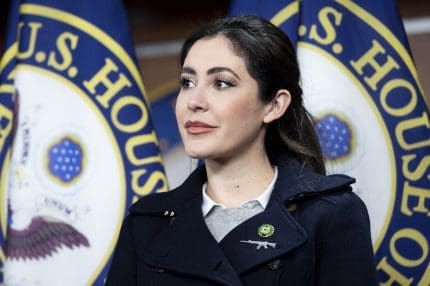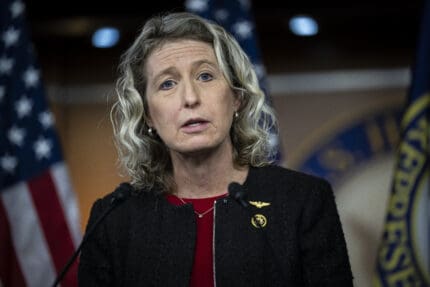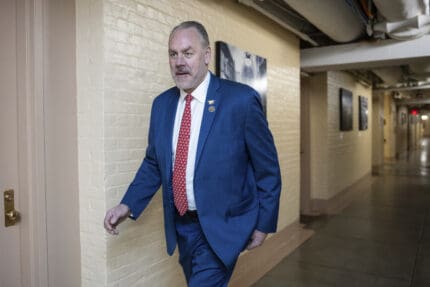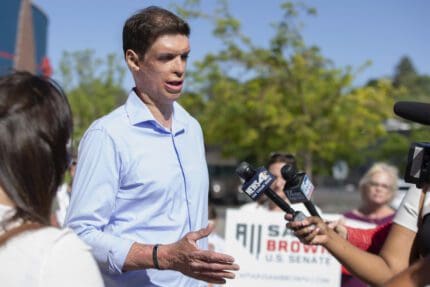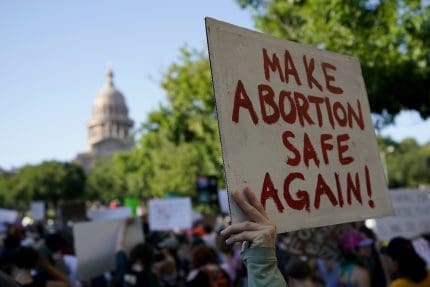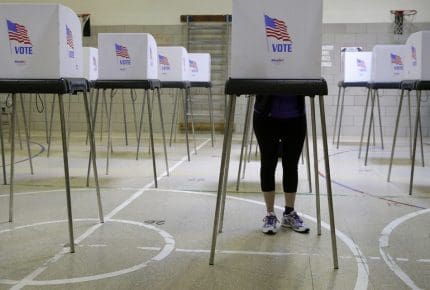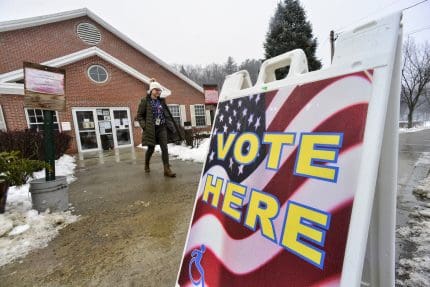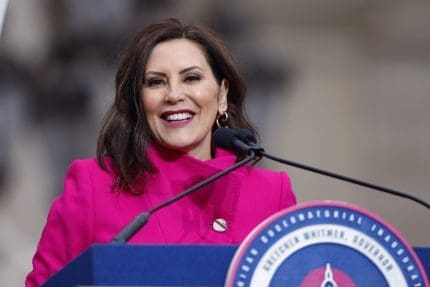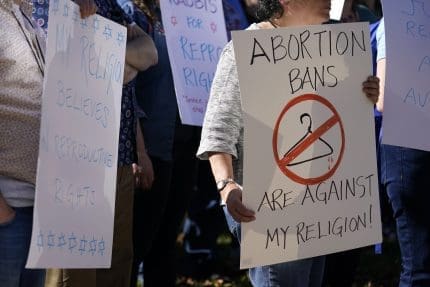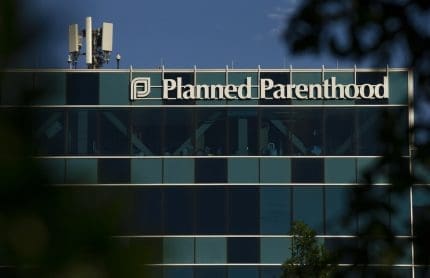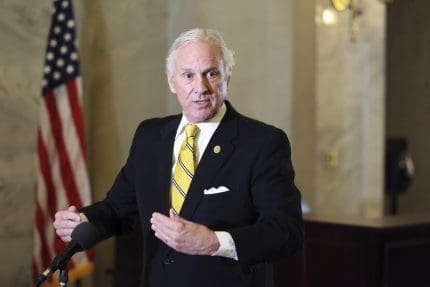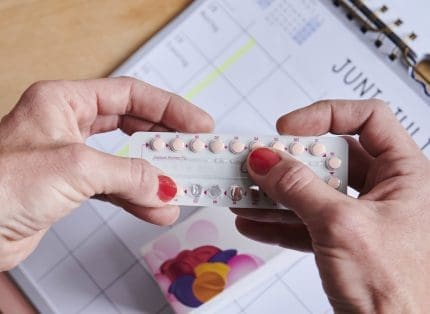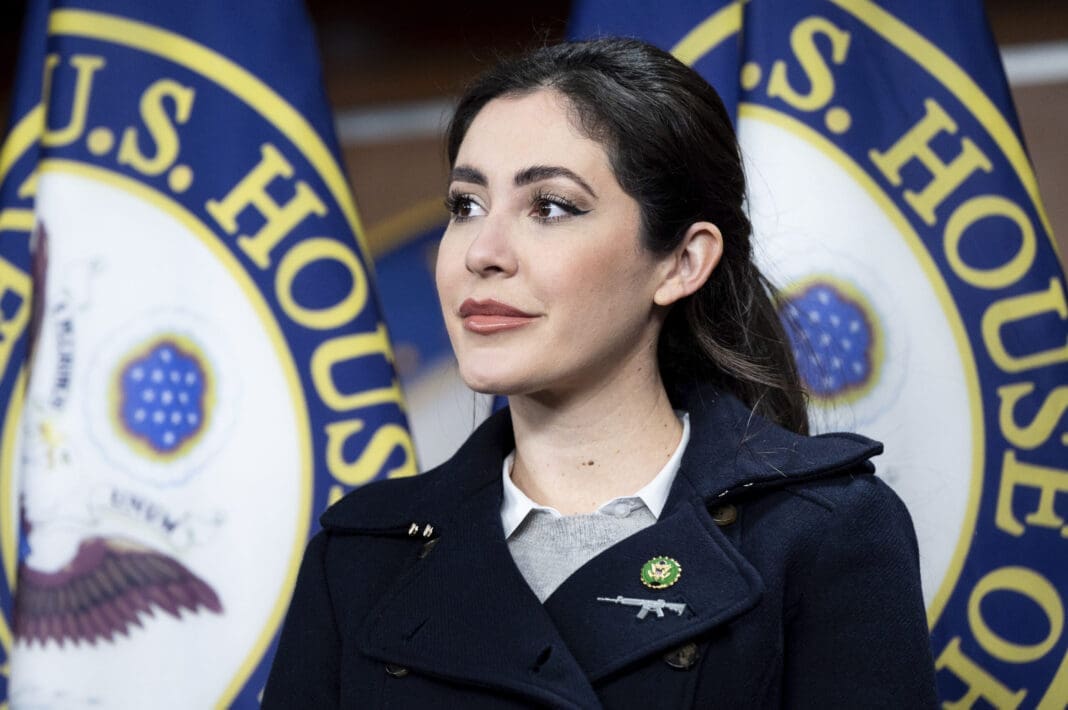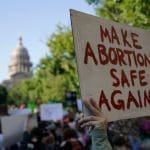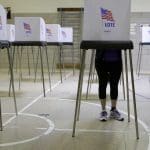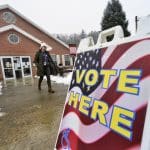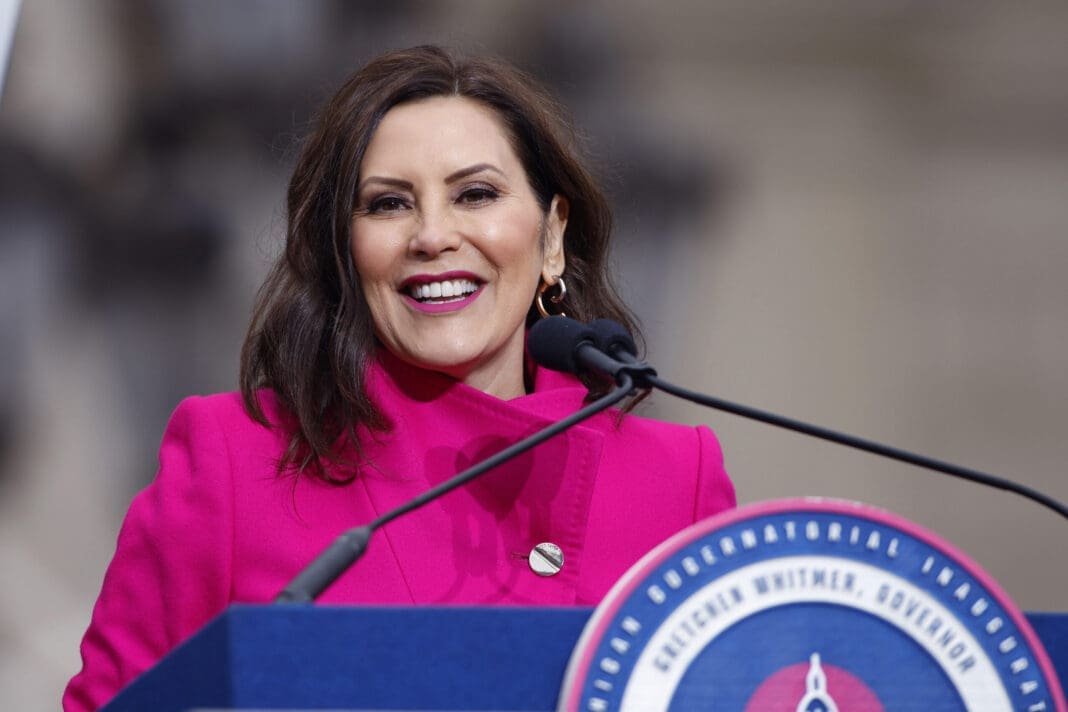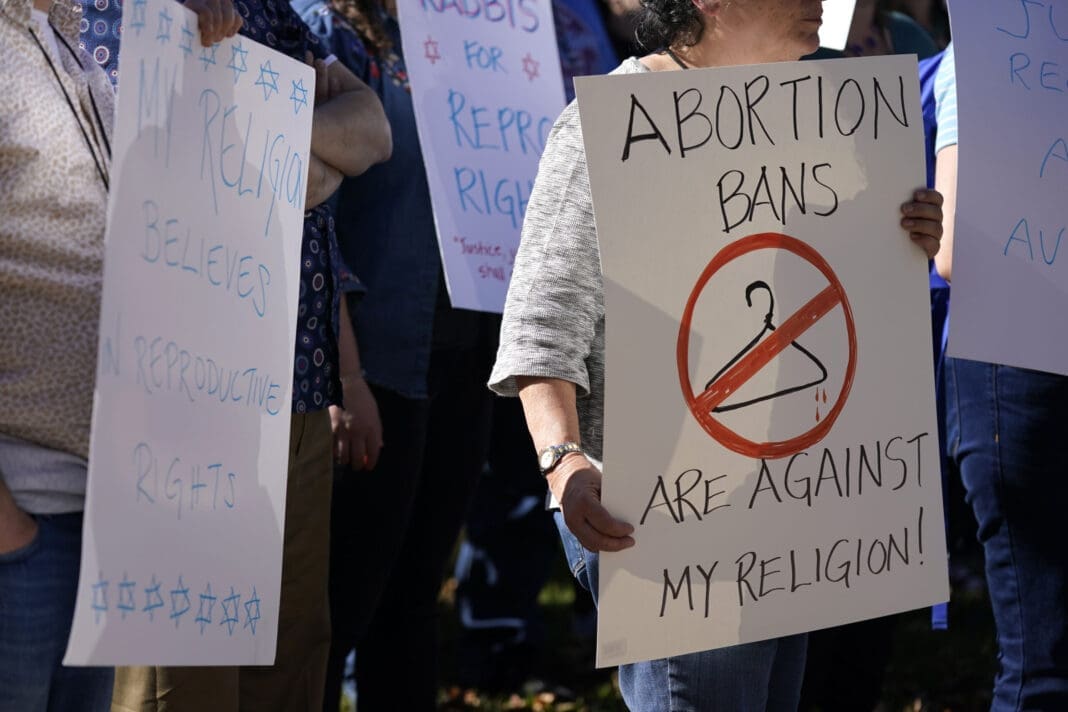Democrats just passed a bill that could cut poverty for Black and brown Americans by 1/3
The bill is a much-needed step to help resolve the many racial and ethnic inequities highlighted by the pandemic.
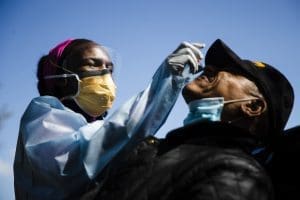
A new Urban Institute study shows Joe Biden’s $1.9 trillion COVID-19 relief bill, the American Rescue Plan — which is currently headed to Biden’s desk to be signed into law — could drastically reduce poverty for the Black and brown communities hit hardest by the pandemic.
According to the study, poverty is projected to fall 42% for Black communities and 39% for Hispanic communities under the American Rescue Plan. White communities will see a 34% drop in poverty levels, and the poverty rate across the board for all races and ethnic groups is projected to be slashed — from 13.7% to 8.7%.
The passage of the relief bill could play an important role in mitigating racial and ethnic disparities in communities that have been battered by COVID-19. Here are just a few of the ways communities of color have been disproportionately harmed by the pandemic in the past year.
Health care
Black and brown communities have been more susceptible to the virus since the beginning of the pandemic. In fact, Black and Latino Americans are as much as three times more likely to contract the virus than white Americans, according to an analysis of Centers for Disease Control and Prevention data done by the New York Times. (The New York Times did not clarify whether their grouping of Latinos included Hispanic white Americans.)
Black and Hispanic or Latino individuals have both been hospitalized due to COVID-19 at a rate approximately 4.7 times higher than that of non-Hispanic white individuals, the Mayo Clinic reports.
Throughout the course of the pandemic, when adjusted for age, Black Americans have died at twice the rate of white Americans, while Hispanic Americans have died at 2.3 times the rate of white Americans who do not identify as Hispanic, according to the CDC.
According to the Mayo Clinic, these discrepancies are largely due to systemic inequities, such as more Americans of color working in low-wage jobs with exposure to the general public, less access to health care for Americans of color, and structural racism within health care.
Bridgette Brawner, a University of Pennsylvania associate professor of nursing, told the university’s newspaper that such findings are “not surprising.”
But, she added, “what it is doing is shining a light on the fact that if we don’t start addressing those underlying social and structural determinants of health — no matter the new virus, or the new disease, or whatever the new thing is that comes our way — we’re going to land in the same place, and that place is Black and Brown people disproportionately being affected and dying.”
Unemployment
Research shows that Black and Hispanic or Latino Americans have lost jobs during the pandemic at much higher rates than white Americans. The Bureau of Labor Statistics notes that the current unemployment rate of Black Americans sits at 9.9% and the unemployment rate of Hispanic or Latino Americans at 8.5% — but that number drops to only 5.6% for non-Hispanic white Americans.
Moreover, individuals of color, particularly Black individuals, have received unemployment benefits at a lower rate than their white counterparts. While 24% of out-of-work non-Hispanic white Americans received such benefits between April and June 2020, only 22% of Hispanic Americans did — and only 13% of Black Americans did.
And the data shows that even as the economy of recovers, Americans of color aren’t being rehired as quickly as their white peers.
William Spriggs, chief economist of the American Federation of Labor and Congress of Industrial Organizations, told CNBC that Black workers were more likely to be fired during the pandemic, and less likely to receive the unemployment benefits they are due.
“Part of the explanation has to do with some discrimination on the part of employers in slowing claims for Black workers,” he told the outlet.
Housing
Black and Latino Americans have also been disproportionately hit by housing, rental, and eviction crises during the pandemic, the data shows. Black and Latino homeowners are twice as likely to be behind on mortgage payments during the pandemic as Asian and non-Hispanic white Americans, and have had a harder time purchasing homes in the past year as lenders tighter restrictions and raise credit requirements.
The eviction and foreclosure rate during the pandemic is also three times as high for Black and Latino Americans than it is for non-Hispanic white Americans, according to data from the Brookings Institution. And, while only 13% of Americans are Black, 35% of Americans successfully evicted during the pandemic have been Black. The eviction rate skyrockets 25% higher for Black women than for Black men.
In a recent statement, the National Low Income Housing Coalition wrote, “The American Rescue Plan Act provides urgently needed COVID-19 relief resources for America’s lowest-income renters and people experiencing homelessness. If enacted, these investments will help prevent millions of low-income people from losing their homes during the pandemic.”
Education
Experts have also noted that children of color, particularly Black and Latino children, are more likely to live in large cities and more likely to be learning remotely. But studies have found that 35% of Black and Latino children have no access to a computer or internet at home, compared to only 19% of non-Hispanic white children.
It’s clear that schools where the majority of students are Black or brown children have lost more educational ground during the pandemic than other schools — with students performing at only 59% of their pre-pandemic average in math and 77% in reading and literacy. Some experts have projected that students of color will, by the end of the pandemic, be some 6 to 12 months behind in school, while white students will be only 4 to 8 months behind.
The American Rescue Plan is a necessary first step to lift Black and brown communities out of poverty and resolve some of the equities created or exacerbated by the pandemic. For instance, in addition to direct payments to individuals, the bill also extends unemployment benefits and provides $26 billion in renting assistance and $10 million four homeowners, which could help resolve the eviction crisis.
But many states are also taking matters into their own hands, appointing special task forces to assess racial and ethnic discrepancies in health care access and quality of care. At least 41 states have been gathering race data on COVID-19 cases and related deaths throughout the pandemic, and many are offering special health care resources and social services to low-income communities of color.
In Virginia, Democratic Gov. Ralph Northam launched a pilot program to help ensure equal access to personal protective equipment in vulnerable communities of color. In Utah, a racial equality and inclusion task force was formed that offers grants to community organizations offering emergency assistance to communities of color.
Published with permission of The American Independent Foundation.
Recommended

Biden calls for expanded child tax credit, taxes on wealthy in $7.2 trillion budget plan
President Joe Biden released his budget request for the upcoming fiscal year Monday, calling on Congress to stick to the spending agreement brokered last year and to revamp tax laws so that the “wealthy pay their fair share.”
By Jennifer Shutt, States Newsroom - March 11, 2024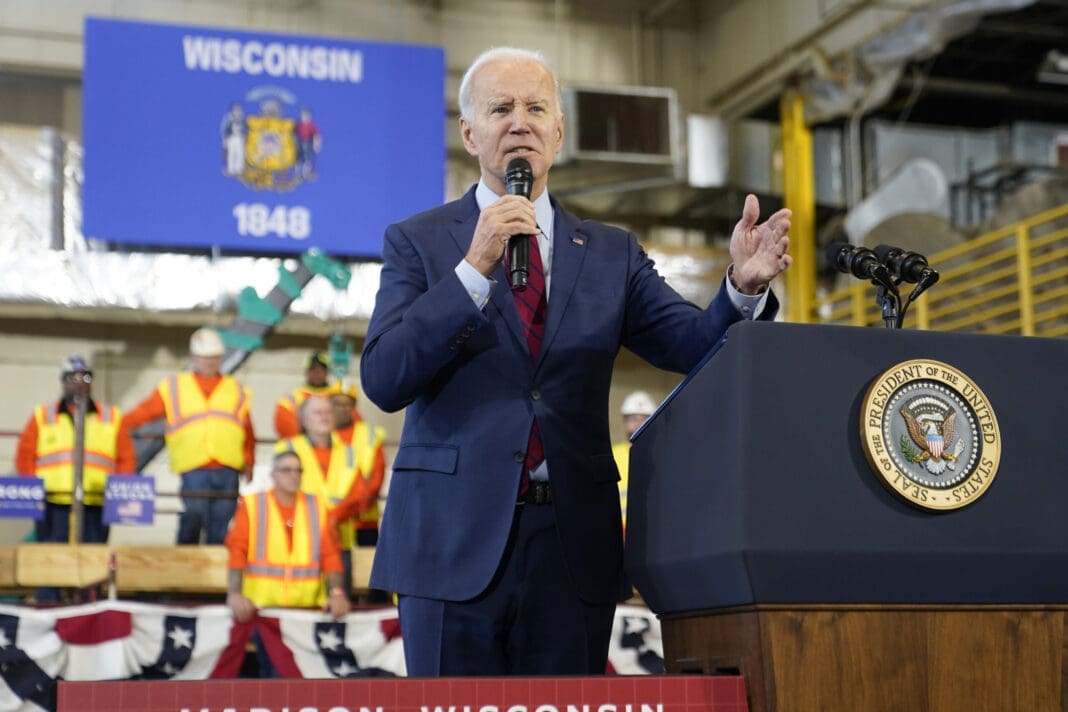
December jobs report: Wages up, hiring steady as job market ends year strong
Friday’s jobs data showed a strong, resilient U.S. labor market with wages outpacing inflation — welcome news for Americans hoping to have more purchasing power in 2024.
By Casey Quinlan - January 05, 2024
Biden’s infrastructure law is boosting Nevada’s economy. Sam Brown opposed it.
The Nevada Republican U.S. Senate hopeful also spoke out against a rail project projected to create thousands of union jobs
By Jesse Valentine - November 15, 2023







